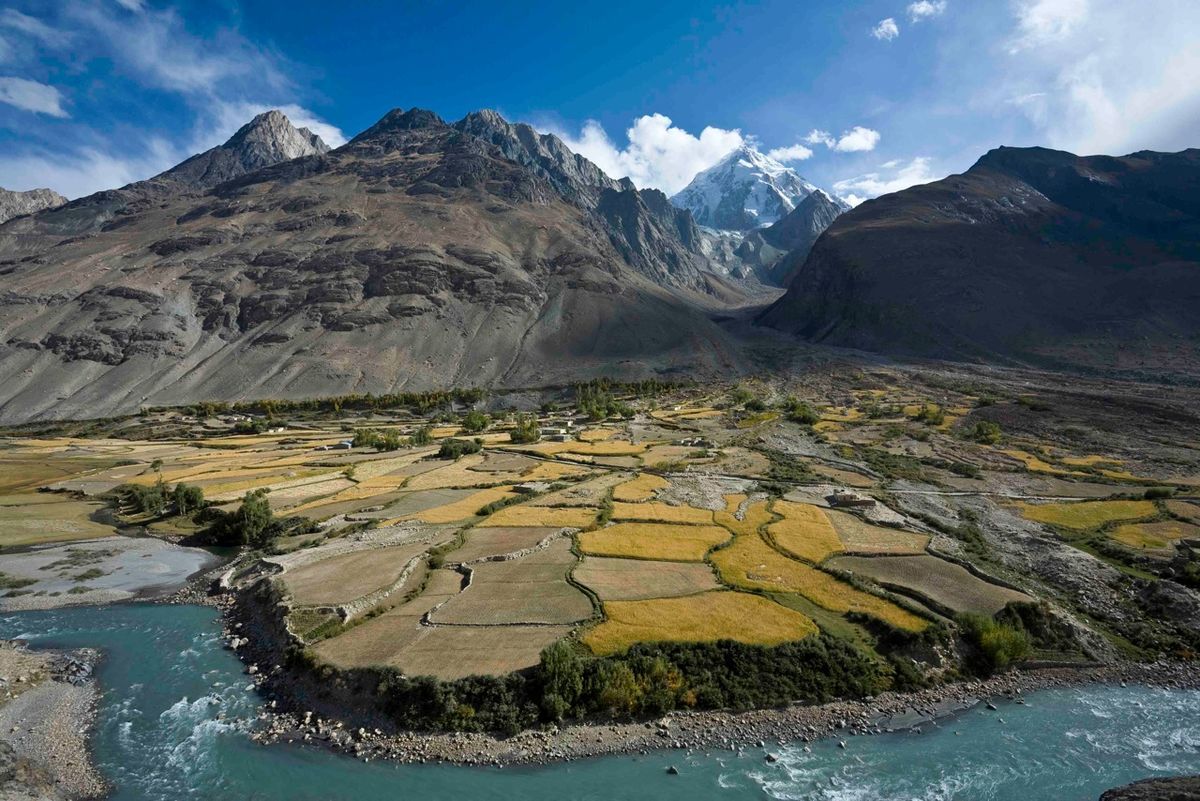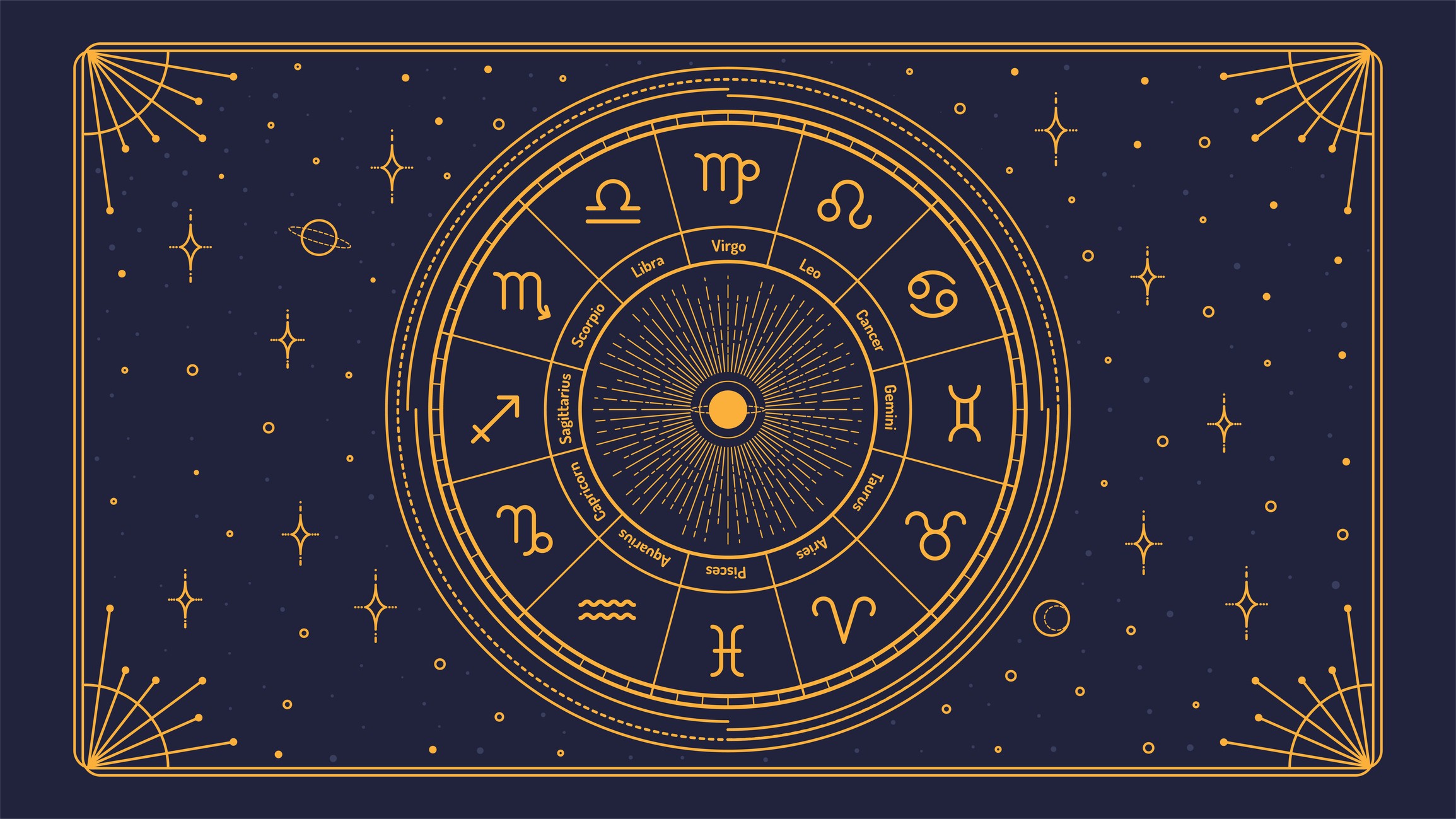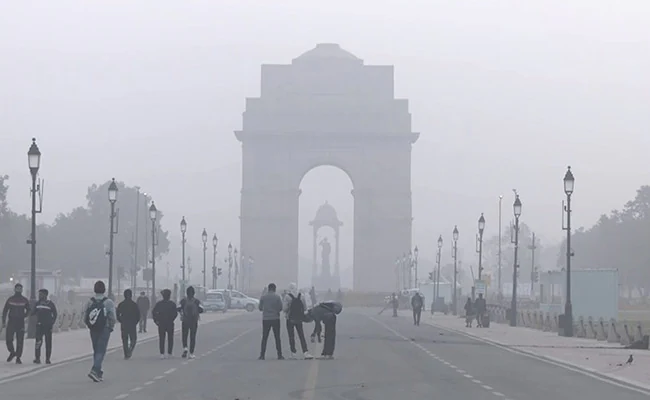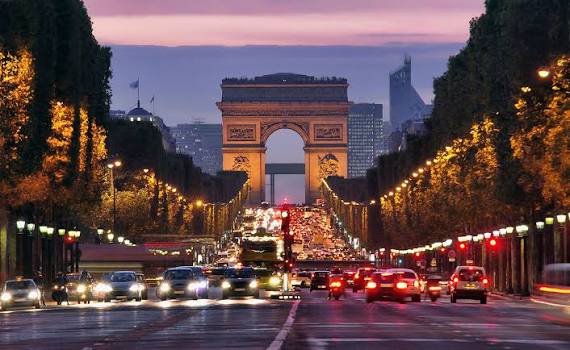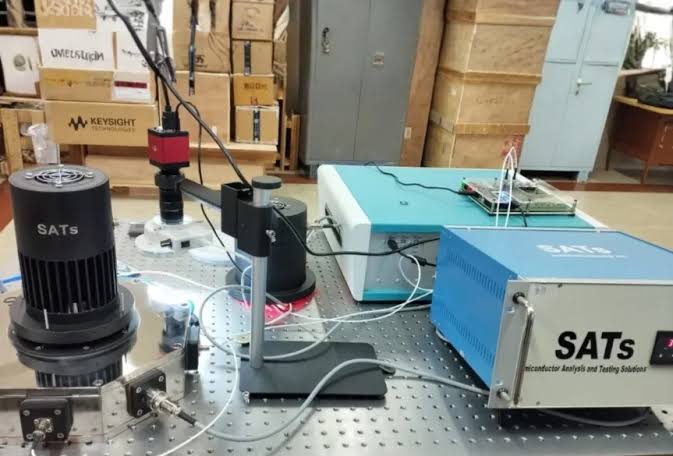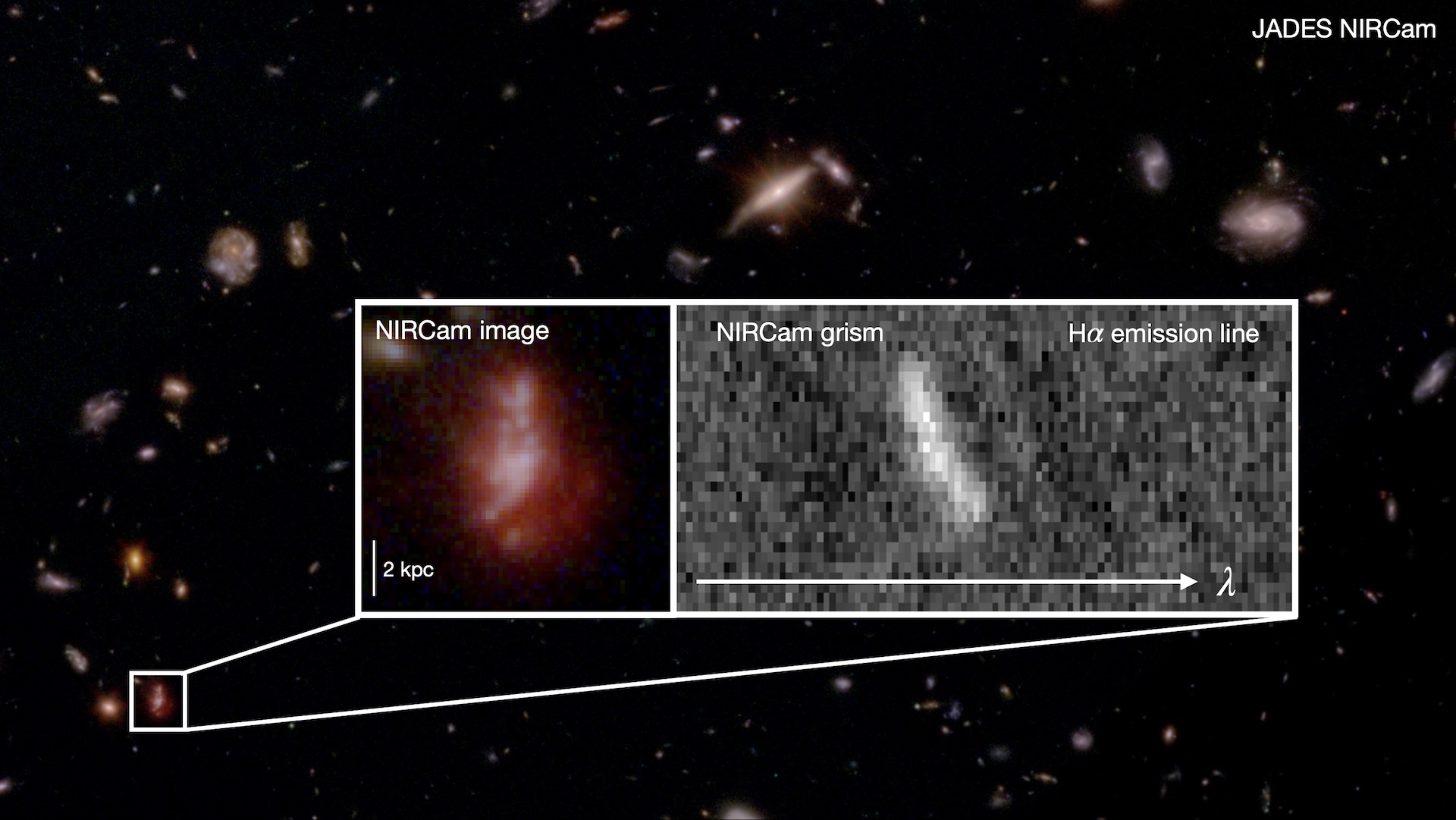
Scientists using data from the James Webb Space Telescope (JWST) have uncovered that galaxies formed just 0.8–1.5 billion years after the Big Bang did not resemble the smooth, graceful spirals we see today. Instead, they were chaotic assemblages: swirling clouds of ionised hydrogen, gas flowing in all directions and intense bursts of star formation.
In a study from University of Cambridge examining 250+ early-galaxy systems, researchers found that nearly all still displayed wildly erratic motion—only a small fraction showed signs of settling into rotation. Over time, as star formation slowed and gas reservoirs depleted, these primordial galaxies cooled, stabilised, and progressively transformed into the structured spiral galaxies dominating the universe today.
This new insight transforms our picture of cosmic history: galaxy formation was messy, dynamic and noisy—marked by frequent mergers, soaring star-birth rates and turbulent gas flows. Knowing how early systems evolved into today’s orderly galaxies helps answer long-standing questions about structure formation and our place in the cosmic timeline.
In short: the JWST has pulled back the curtain on the universe’s adolescent years, showing that chaos was the rule—taming only later into cosmic calm.
Tags:
Post a comment
“Stand in dust, breathe same air” — call to fight...
- 29 Nov, 2025
- 2
Delhi, Get the blankets out! IMD predicts coldest October Night...
- 16 Oct, 2025
- 2
PM Modi visits blast Survivors at LNJP Hospital, Reaffirms Justice...
- 12 Nov, 2025
- 2
Light & Enlightenment: Paris’ Radiant Legacy!
- 16 Oct, 2025
- 2
Visible Luxury, Invisible Value — India’s iPhone Paradox!
- 29 Nov, 2025
- 2
Categories
Recent News
Daily Newsletter
Get all the top stories from Blogs to keep track.





